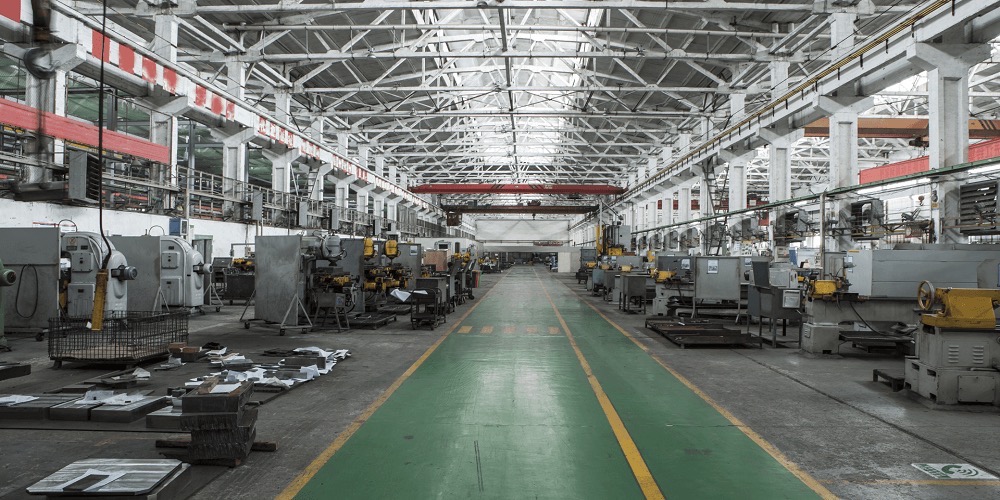Advancing technology has brought significant changes to the manufacturing sector. The inception of the CNC shop is probably among the significant developments, a common term in the industrial and manufacturing sectors. CNC machining, lengthily called Computer Numerical Control, describes a subtractive manufacturing process that employs the use of computerized controls in the manufacture of custom-designed products.
CNC machine, in itself, is the programmable machine that can autonomously perform CNC machine operations. CNC machining can be applied to various materials, such as plastic, glass, foam, composites, metal, and wood. Note that the subtractive manufacturing process differs significantly from the additive manufacturing process. As the name suggests, subtractive processes remove layers from a material to form custom designs and shapes. On the other hand, the additive process involves assembling of material layers, such as 3D printing.
Types of CNC Machining Processes
A CNC shop can be set up in various manufacturing processes in diverse industries. From the construction, agriculture, automotive to aerospace sectors, CNC machining makes it possible to produce various products, ranging from garden tools, surgical equipment, automobile frames, to airplane engines. However, the process involves a series of computer-controlled operations, including mechanical, electrical, thermal, and electrical processes. Common CNC machining operations include;
- CNC Drilling
CNC machine drilling involves the use of drill bits to make cylindrical holes on a material. In this process, the CNC machine aligns the rotating drill bit with the workpiece to produce vertically or horizontally aligned holes with equal diameters. CNC shops can also coordinate angular CNC drilling operations using specialized CNC machine configurations and drilling devices.
- CNC Turning
Unlike drilling and milling, CNC turning involves the removal of materials from a rotating material. In this process, the CNC machine, often a lathe, loads the cutting tool along the surface of a rotating material. This removes any material around the undesired circumference, leaving the desired diameters. It typically produces cylindrical parts with both internal and external features, such as tapers, threads, and slots.
- CNC Milling
CNC milling employs the use of multi-point milling tools that remove unwanted materials from the surface of the workpiece. For this operation, the machine feeds the workpiece into the cutting tool to produce desired shapes. The difference between machine milling and manual milling is that the machine feeds the workpiece in the same direction as the cutting tool’s rotation. As for manual milling, the workpiece is fed in the opposite direction to the multi-point cutting tool’s rotating direction.
In Summary
A CNC shop contains various CNC machines that control multiple subtractive manufacturing processes. Before the introduction of CNC machine shops, nearly all machining equipment operated manually. This limits the accuracy of the processes, as it relies on the machine operator’s accuracy and skills. Fortunately, CNC machines brought with them full computer controls. Manufacturers of specific products or third-party manufacturers providing custom machining services to various customers in different industries operate CNC shops.
As such, you can come across various CNC machining tools depending on the specific procedures taking place in the CNC shop. Common machines in CNC shops include milling machines, drill press, bandsaw, EDM equipment, lathe, and a grinding machine, among others.

